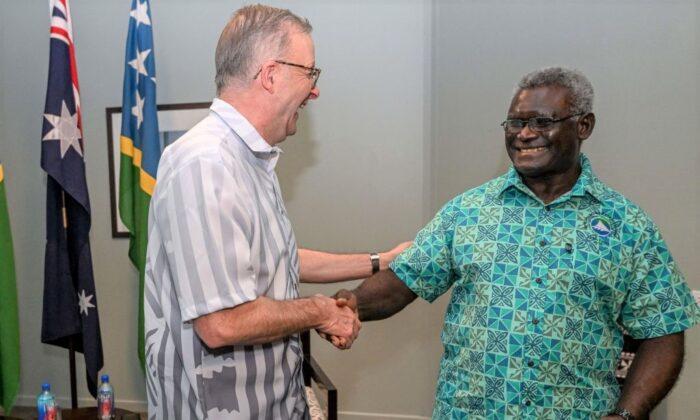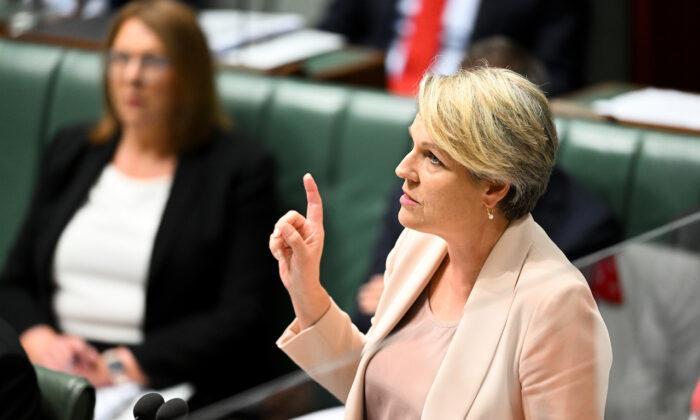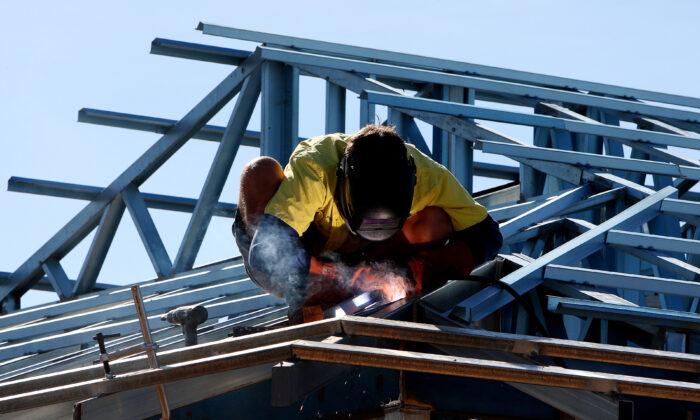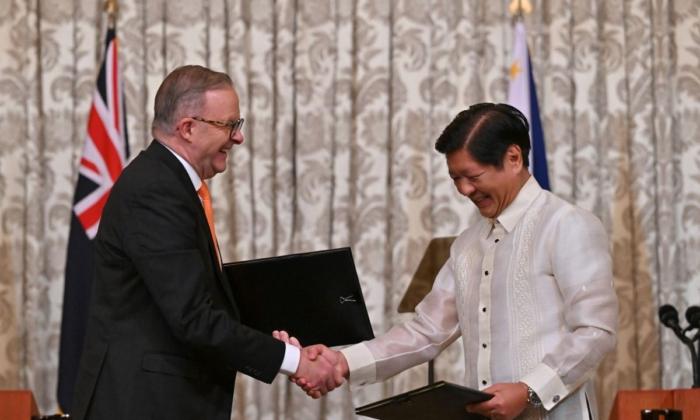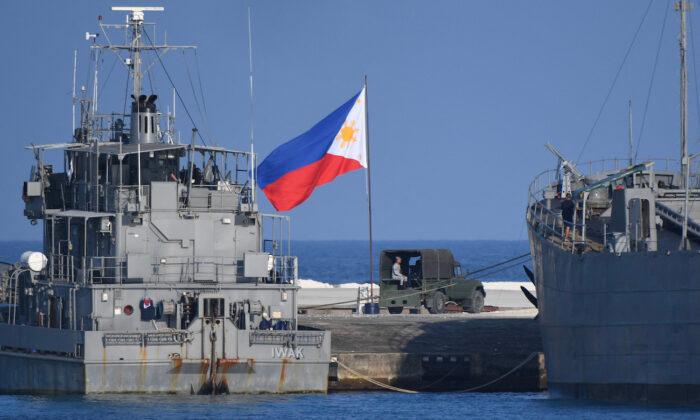Australia’s diplomatic representative to the Solomon Islands has announced an extra US$103 million (AU$161 million) in aid to the Pacific country as part of an ongoing diplomatic offensive against Beijing’s influence with the Sogavare government.
There will also be an allocation for the Tina River Hydropower Transmission System, which will be funded through the Australian Infrastructure Financing Facility, and an allocation for the Pacific Games 2023.
Funding to Help Solve Aged Care Worker Shortage
Under the package, there is also the opportunity for up to 500 Pacific and Timorese workers to obtain aged care qualifications, which will help the Albanese government achieve its goal of increasing staff numbers in Australia’s struggling aged care sector.Currently, the sector is grappling with severe staff shortages, with an April survey by aged care service consultants CompliSpace, finding that nearly 50 percent of staff were considering leaving the sector within three years.
CompliSpace CEO David Griffiths said the increasing aged care services were needed, but staffing problems needed to be dealt with.

“Without intervention, the residential aged care industry will be drastically understaffed within the next three years, exacerbating an already fragile framework of quality service delivery,” Griffiths said.
He called for more funding to help attract staff to bring on another 50,000 nurses and support staff.
“Residents will not get the care that workers want to give them and the care that the government has legislated. Along with a lack of care will come an increased risk of harm.
Pacific Aid the Crux of Influence Struggle with Beijing
Australia is currently engaged in an influence struggle with Beijing over the Solomons Islands, with the Sydney-based Lowy Institute saying that the Chinese regime is providing sizeable funding for new developments in the country.“China has not given up on using development assistance to cement key relationships,” the Institute said.
The current Solomon Islands Prime Minister Manasseh Sogavare has significantly deepened ties with Beijing over the course of 2022, signing a wide-ranging security deal with the CCP that will allow the Chinese People’s Liberation Army—Navy to station troops, weapons, and even naval ships in the region.
Meanwhile, according to the Pacific Aid Map, Australia is still the largest source of aid to Pacific countries, providing $1.23 billion (US$780 million) in aid, far exceeding China’s $245 million.
Alexandre Dayant, director of the Institute’s Pacific Aid Program, noted that there was a “supply and demand problem” with CCP aid money.
But on the demand side, he noted that leaders of Pacific island countries were “waking up” to the fact that the Chinese aid projects had quality issues and were backed by loans with difficult payment conditions.
